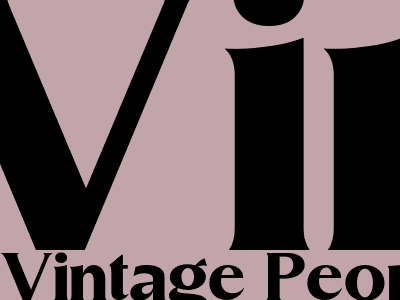The Vintage People: Preserving the Past, Inspiring the Future
The Allure of Vintage Style
In an era of mass production and fast fashion, vintage clothing has emerged as a beacon of individuality and nostalgia. Whether it's a classic Chanel suit from the 1950s or a pair of Levi's 501s from the 1980s, vintage pieces offer a unique blend of style, history, and craftsmanship.
The resurgence of vintage fashion has been driven by a growing appreciation for sustainability and a desire for personal expression. Vintage clothing allows individuals to create distinctive wardrobes that reflect their personality and values.
The Rise of Vintage Dealers and Collectors
The demand for vintage clothing has led to the rise of specialized dealers and collectors. These enthusiasts scour flea markets, thrift stores, and estate sales for hidden gems.
Vintage dealers often focus on specific eras or styles. For example, some dealers specialize in 1920s Art Deco gowns, while others focus on 1960s mod fashion. Collectors, on the other hand, may amass large collections of vintage clothing for personal enjoyment or investment.
The Impact of Vintage Fashion on Modern Style
Vintage fashion has had a significant impact on contemporary design. Many modern designers draw inspiration from vintage styles and incorporate vintage elements into their collections.
For example, the recent trend of high-waisted jeans and A-line skirts is rooted in 1950s fashion. Similarly, the popularity of oversized blazers and wide-leg pants is reminiscent of 1970s style.
Vintage Clothing as a Cultural Heritage
Vintage clothing is not merely a fashion trend; it is a valuable part of cultural heritage. These garments tell stories about the past, reflecting the social and economic conditions of different eras.
Preserving and appreciating vintage clothing helps to connect us with our history and allows future generations to understand the aesthetic and cultural values of the past.

Komentar